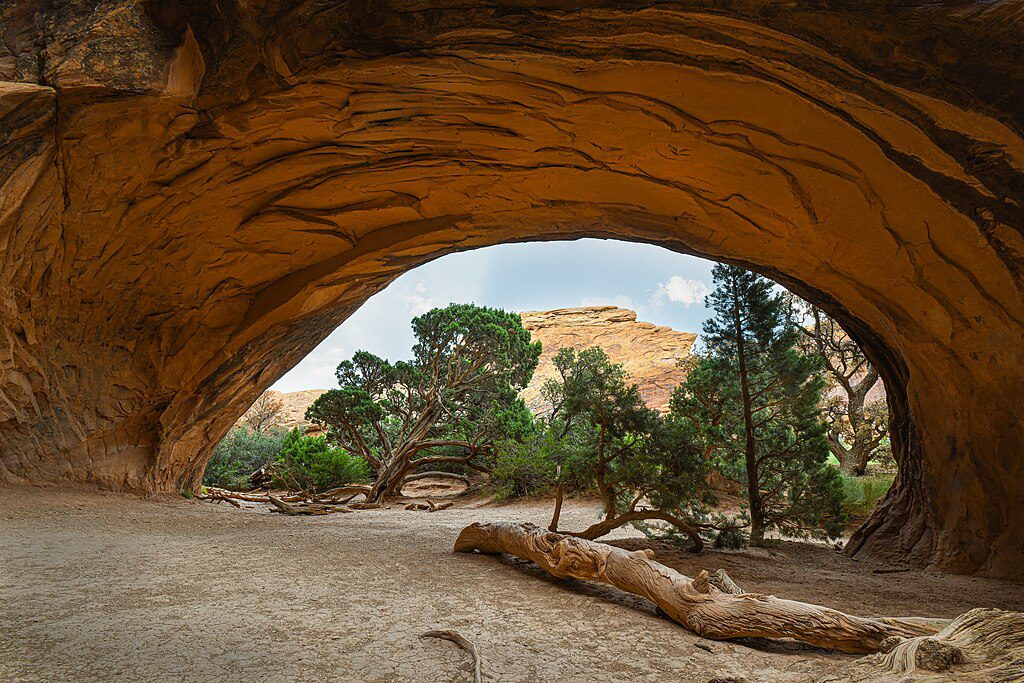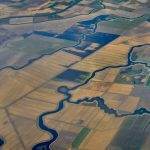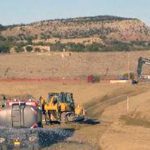- Salt Lake City records wettest October in 151 years.
- Early storms raise soil moisture 10% above average.
- Officials urge continued conservation despite wet start.
Tuesday, October 28, 2025 — The start of Utah’s 2025 Water Year has brought a welcome change: record-breaking rainfall and improved soil conditions. According to the Utah Division of Water Resources , October’s storms have delivered “outstanding early-season precipitation,” giving a major boost to the state’s overall water outlook.
, October’s storms have delivered “outstanding early-season precipitation,” giving a major boost to the state’s overall water outlook.
Salt Lake City recorded 4.95 inches of rain in October, the highest amount ever documented for that month since record-keeping began at the Salt Lake City Airport 151 years ago. Officials say this historic level of moisture marks a positive beginning to the water year, which runs annually from October 1 through September 30.
“Yes, we can all collectively say ‘we needed this’ as we think about the recent storms and our water supply,” said Candice Hasenyager, director of the Utah Division of Water Resources . “The recent storms are a great start to the water year, but we have a long road ahead.”
. “The recent storms are a great start to the water year, but we have a long road ahead.”
Why Early Rainfall Matters.
The Water Year framework helps scientists track the full cycle of Utah’s precipitation and runoff—from winter snow accumulation to spring melt and summer reservoir use. Because nearly 95% of Utah’s water supply originates from snowpack, early-season storms can make a critical difference in how much water ultimately reaches storage reservoirs.
Soil moisture readings are already showing promising results. Officials report that soil moisture is approximately 10% higher than normal for this time of year. Well-saturated soils mean more snowmelt will run off into rivers and reservoirs instead of being absorbed by dry ground—a vital advantage heading into the winter months.
Reservoirs and Conservation Efforts.
Utah’s reservoirs rely heavily on a strong snowpack to refill each year, storing water for use during dry summer months and future droughts. While the October storms have set a hopeful tone, state water leaders continue to encourage conservation as a long-term priority.
Programs such as the Agricultural Water Optimization Program and Slow the Flow
and Slow the Flow continue to promote water-saving practices among farmers and residents. The initiatives provide both education and financial incentives to encourage efficient irrigation and household conservation.
continue to promote water-saving practices among farmers and residents. The initiatives provide both education and financial incentives to encourage efficient irrigation and household conservation.
Officials emphasize that, despite the promising start, sustained awareness and efficient water use remain essential to maintaining resilience against future drought cycles.
Image: Beautiful Rock Formations Near Moab, Utah . Brooke Ramos, April 2017. Published under the Creative Commons Attribution-Share Alike 4.0 International license.
. Brooke Ramos, April 2017. Published under the Creative Commons Attribution-Share Alike 4.0 International license.
FAQ
Q: What is a Water Year?
A Water Year runs from October 1 to September 30. This schedule allows scientists to monitor how precipitation, snowmelt, and runoff interact over a full annual cycle.
Q: Why does early-season rain matter?
Early storms help saturate the soil, allowing more snowmelt to flow into rivers and reservoirs rather than being absorbed into dry ground.
Q: How much of Utah’s water comes from snowpack?
Roughly 95% of Utah’s water supply originates from mountain snowpack, which later melts and fills the state’s reservoirs.
Q: Does this rainfall mean drought is over?
Not necessarily. While early precipitation is encouraging, long-term water security depends on sustained snowfall, smart management, and continued conservation.
Q: How can residents conserve water?
The state’s Slow the Flow campaign offers practical indoor and outdoor water-saving tips, including fixing leaks, adjusting irrigation schedules, and using drought-tolerant landscaping.





